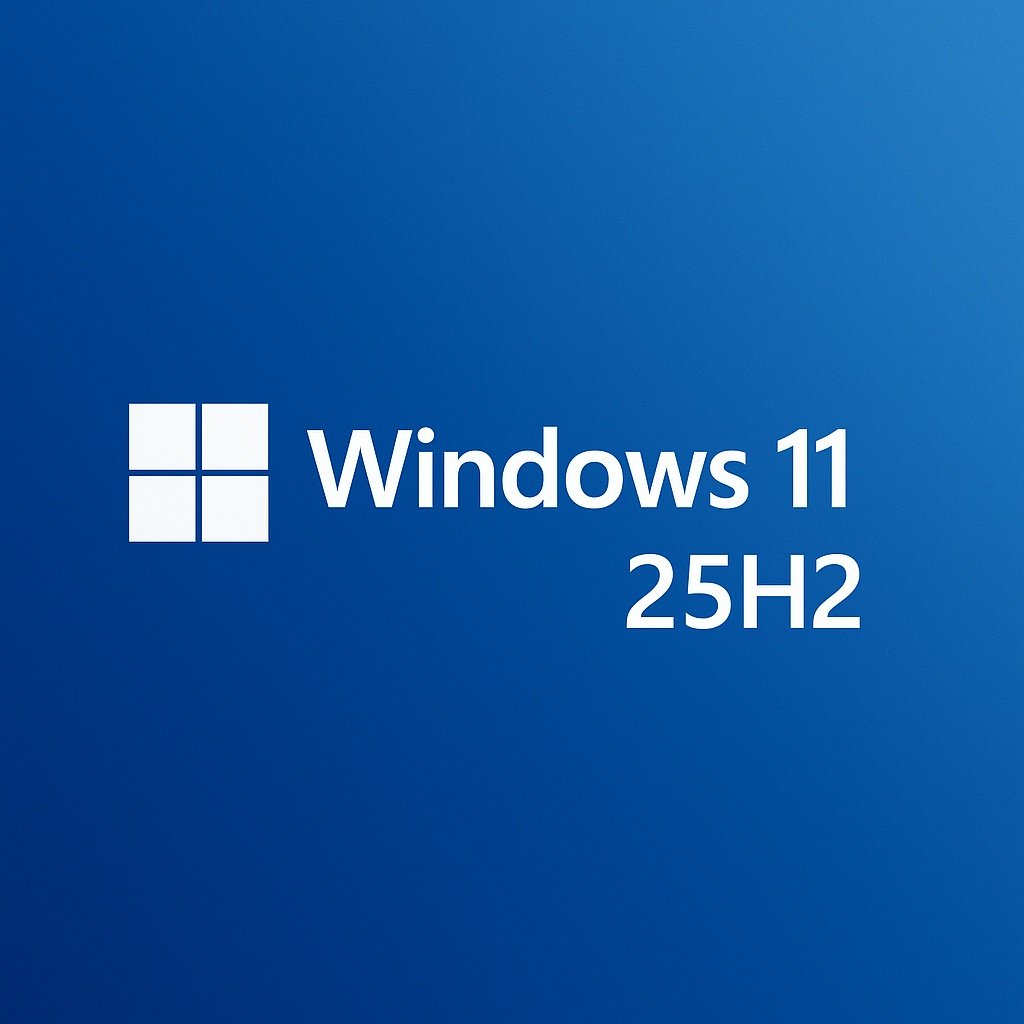Microsoft’s upcoming Windows 11 25H2 update is all about improving performance and reliability. Instead of adding flashy new features or visual overhauls, this release focuses on making your PC run faster, smoother, and more stable. Microsoft is responding to feedback that Windows 11 has sometimes felt sluggish compared to Windows 10, so the 25H2 update is packed with core optimizations to speed things up and increase stability.
Focus on Speed and Stability, Not Just Features
Previous Windows 11 updates brought big visual changes (like a centered taskbar and redesigned menus), but many users didn’t feel Windows 11 was any faster than Windows 10. With the 25H2 version, Microsoft is now prioritizing tangible performance boosts and system stability over cosmetic tweaks.
One example of this new focus is an automatic performance logging feature. When Windows detects your PC is slowing down, it will quietly collect diagnostic logs in the background. If you send feedback through the Feedback Hub about the slowness, those logs will help Microsoft pinpoint and fix the problem faster.
Building on Past Performance Gains
Windows 11 25H2 builds on improvements introduced in the 24H2 update (released in late 2024) that made the OS more efficient. That update delivered major improvements: Windows updates installed nearly 45% faster, CPU usage during installation dropped about 25%, and random restart incidents went down roughly 40%. Now, the 25H2 update takes those gains further with several under-the-hood enhancements:
- Smarter CPU scheduling: Windows 11 is better at using all your processor cores efficiently (including newer hybrid core designs). The result is smoother performance and a modest battery boost (around 5% on laptops) since the CPU isn’t overworked.
- Quicker recovery from crashes: Windows can bounce back faster after a serious error or system crash. Instead of a lengthy reboot, it quickly restores a stable state so you experience less downtime.
- Reduced background activity: Background Windows services (like telemetry and health monitoring) now use about 10% less CPU. This frees up resources for the apps you’re actively using, making the system feel more responsive.
These changes all happen behind the scenes, but you’ll likely notice the difference: faster app launches, less random slowdown, and smoother multitasking. The benefits may be especially noticeable on newer PCs with many cores, where Windows 11’s improved scheduling really shines.
Stronger Driver Testing for Fewer Crashes
Windows 11 25H2 also puts a big emphasis on better driver management. Faulty hardware drivers are a common cause of crashes and slowdowns. A bad driver can even trigger a Blue Screen of Death.
To make drivers more dependable, Microsoft has tightened the driver certification process. Before a driver can be approved for Windows 11, it now must pass an advanced static code analysis (using tools like CodeQL) to scan its code for bugs or security flaws without actually running it. This catches issues like memory leaks or unstable code early and prevents bad drivers from reaching your PC.
For everyday users, the result is fewer driver-related headaches. You’re less likely to run into a graphics driver that crashes your game or a printer driver that locks up your system. This stricter testing also improves security, since malicious code in drivers can be caught during certification. Overall, 25H2 should deliver a more stable experience when you install new hardware or update device drivers on your Windows 11 PC.
What to Expect with Windows 11 25H2
When Windows 11 25H2 arrives (likely in late 2025), it won’t bring a dramatic visual overhaul. Instead, it refines Windows 11 to be faster and more reliable, with benefits like:
- Snappier performance: Apps will open faster and the whole system will feel more responsive, thanks to all the under-the-hood optimizations.
- Greater stability: With fewer buggy drivers and quicker recovery tools, you should see fewer crashes, freezes, and blue screens.
- Longer battery life: Improved power management could give you a bit more time unplugged as Windows uses hardware more efficiently.
For businesses, Windows 11 25H2 is easy to deploy (no UI changes to learn) and its stability improvements can help reduce IT support calls.
Windows 11 25H2 shows Microsoft shifting focus to core improvements over new features, aiming to make the OS faster, more efficient, and more dependable. If you’ve been underwhelmed by Windows 11’s performance so far, this update might change your mind with its tangible improvements. As Microsoft keeps listening to feedback and working with hardware makers, future updates should continue to prioritize speed and stability.

